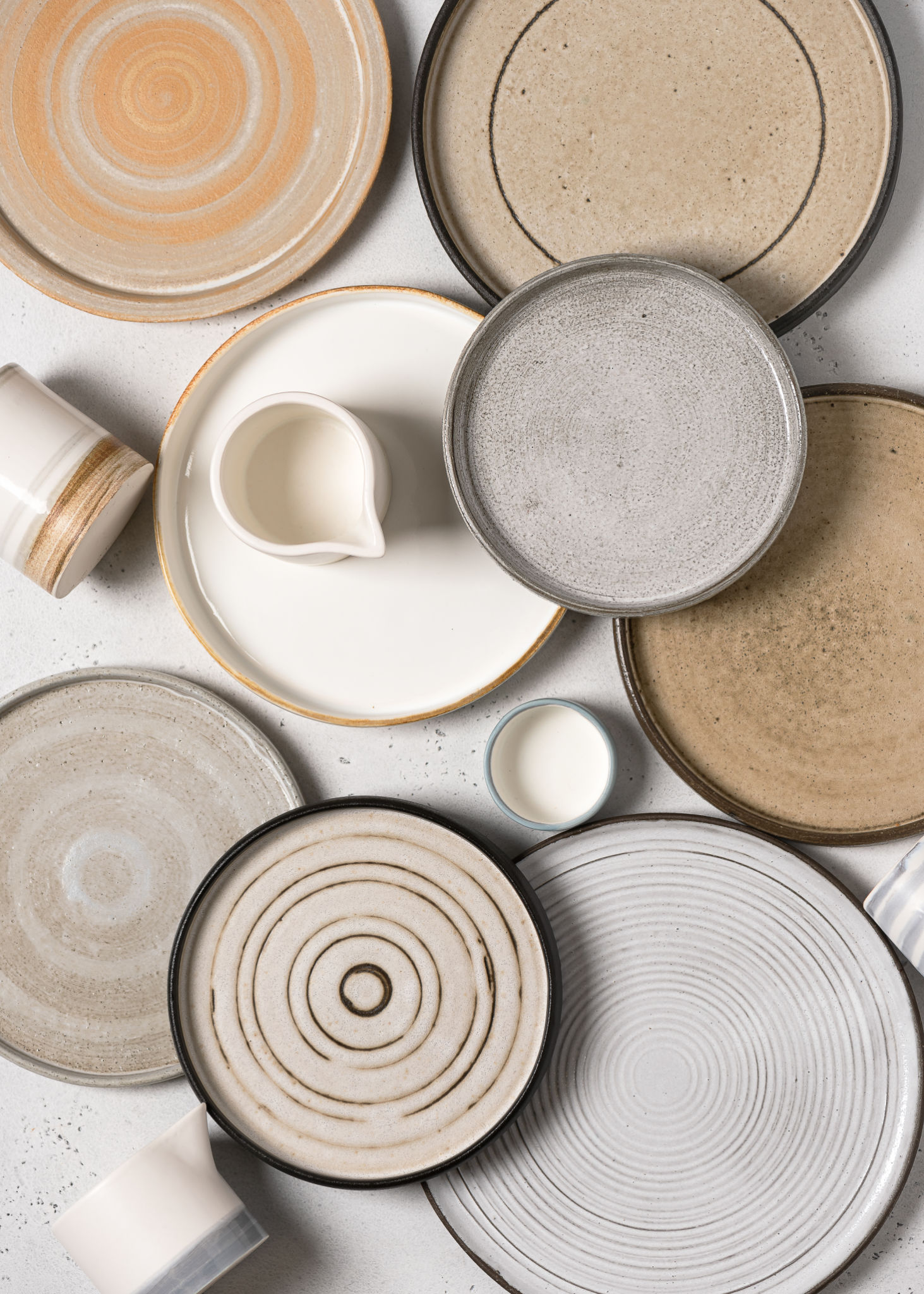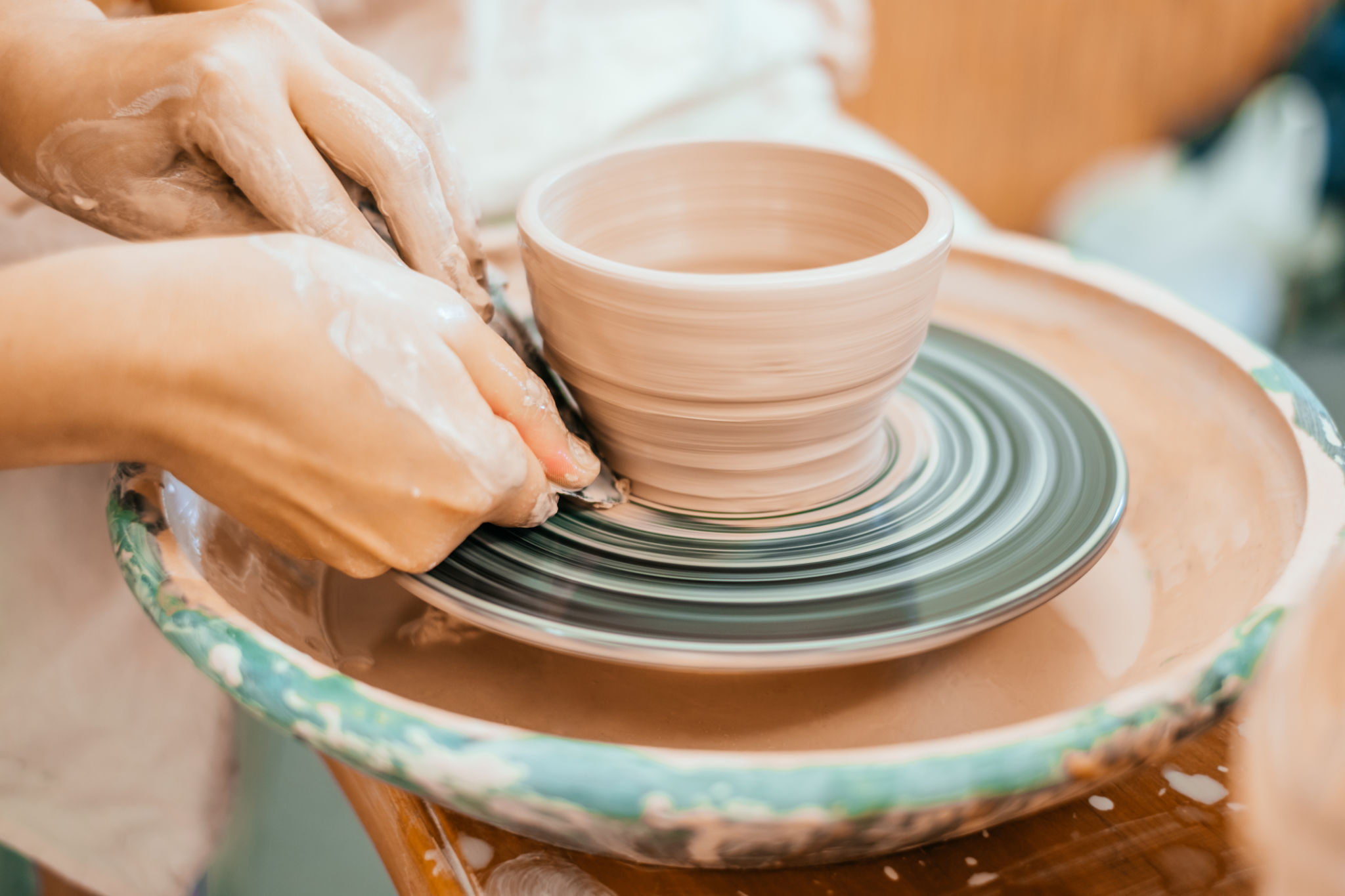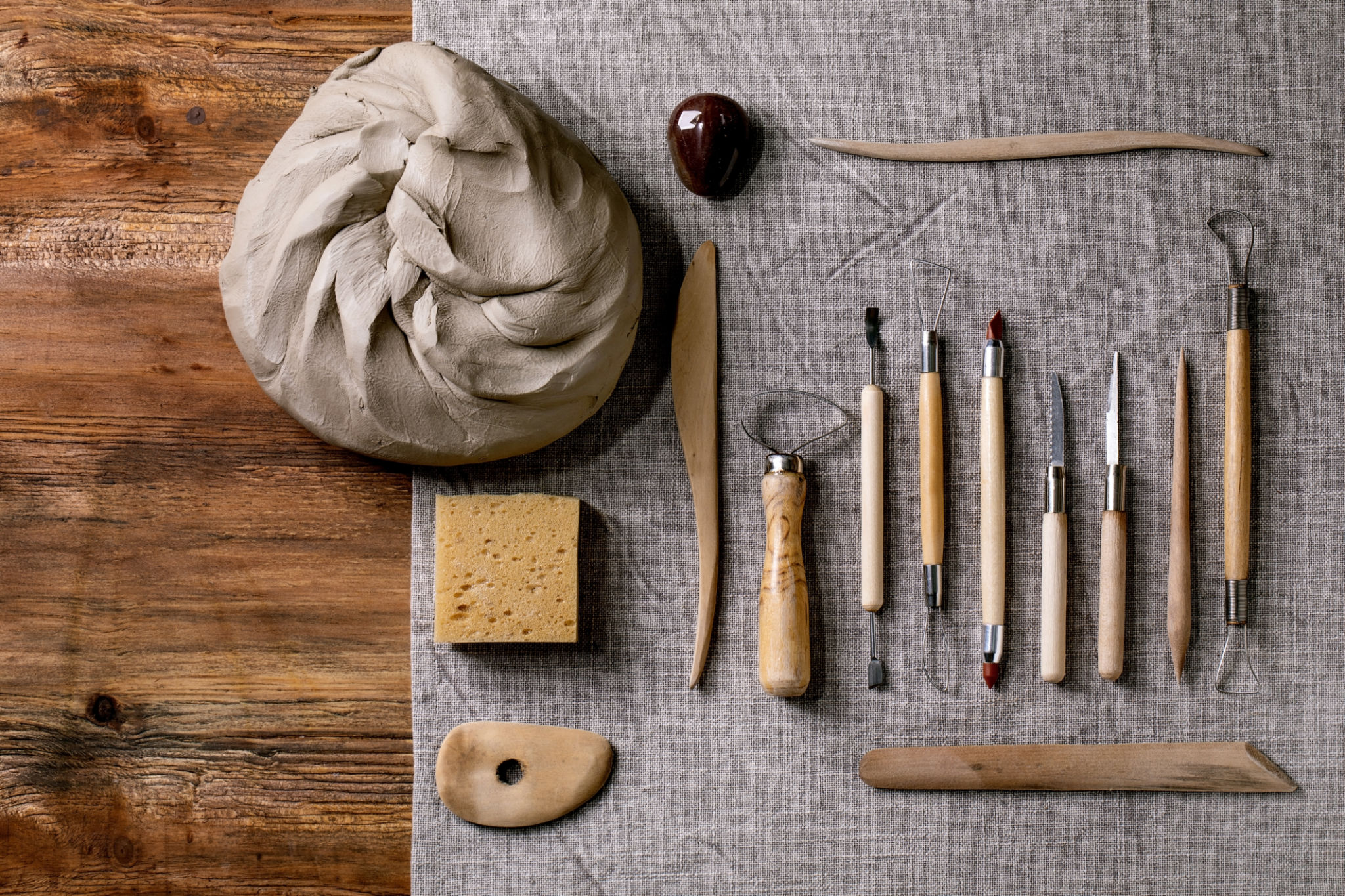Comparing Traditional and Modern Techniques in Ceramic Art
Introduction to Ceramic Art
Ceramic art has been a creative outlet for humanity since ancient times. It combines the earth's natural materials with the artist's vision to create functional and decorative pieces. Over the centuries, techniques in ceramic art have evolved, blending tradition with modern innovation. In this post, we will explore and compare the traditional and modern techniques that define this enduring art form.

Traditional Techniques in Ceramic Art
Traditional ceramic art techniques are rooted in history, often passed down through generations. These methods include hand-building techniques like coiling, pinching, and slab construction. Artists use these time-honored skills to shape their clay into unique forms, relying heavily on their hands and simple tools.
Another significant aspect of traditional ceramics is the firing process, which is typically done in wood-fired or pit kilns. These methods give pottery its distinctive, rustic look and create unpredictable yet beautiful results due to the natural variations in heat and flame exposure. Glazing techniques, often derived from local resources, also play a crucial role in traditional ceramics.
The Role of Culture and Tradition
The cultural significance of traditional ceramic art cannot be overstated. Many cultures have unique styles and techniques that reflect their historical and social contexts. For example, Japanese Raku ware and Native American pottery are deeply intertwined with their respective cultural heritages. These pieces often carry stories and symbolic meanings, adding layers of depth to their aesthetic value.

Modern Techniques in Ceramic Art
Modern ceramic art has expanded the boundaries of what can be created with clay. Contemporary artists often incorporate advanced technologies and new materials to enhance their work. Techniques such as slip casting and digital modeling allow for precision and repeatability, which were not possible with traditional methods.
In addition to new techniques, modern ceramics often utilize electric or gas kilns for more controlled firing processes. This ensures consistency and allows artists to experiment with a broader range of glazes and finishes, from vibrant colors to metallic sheens. Such innovations have opened new avenues for creativity and expression in ceramic art.

The Influence of Technology
Technology has significantly influenced modern ceramic art. Digital tools enable artists to visualize their designs in 3D before even touching the clay. This technological shift has made it possible for artists to push the boundaries of form and function, creating intricate designs that challenge traditional notions of pottery.
Furthermore, 3D printing technology offers exciting possibilities for ceramic artists. By using 3D printers, artists can create complex structures that would be difficult or impossible to achieve by hand. This fusion of art and technology is continually evolving, offering endless possibilities for innovation.
Finding a Balance Between Tradition and Modernity
While modern techniques provide exciting new opportunities, many artists strive to find a balance between the old and the new. By integrating traditional methods with contemporary innovations, artists can create works that honor their craft's rich history while embracing modern advancements.
This synthesis allows for a dynamic and evolving art form where artists can draw inspiration from the past while looking toward the future. Whether through a rustic wood-fired piece or a digitally designed sculpture, the essence of ceramic art remains a testament to human creativity and ingenuity.

Conclusion
The world of ceramic art is vast and varied, with traditional and modern techniques offering unique advantages. While traditional methods emphasize handcrafting skills and cultural heritage, modern techniques offer precision and new creative possibilities through technology. Both approaches contribute to the rich tapestry of ceramic art, ensuring its relevance and appeal for future generations.
